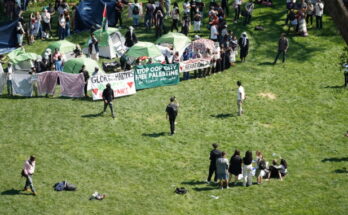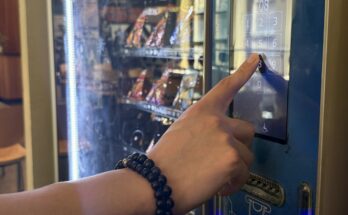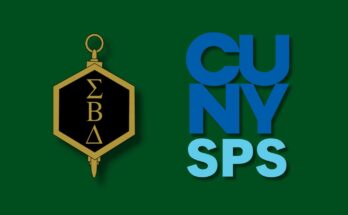NASA’s Science, Engineering, Mathematics, Aerospace Academy (SEMAA) at York College broke a record this summer with a 25 percent jump in enrollment, college officials said.
The NASA-funded project has been serving the community for more than 14 years, yet despite its nationally recognized success, it’s also one of the least-known projects on campus.
The NASA-SEMAA program is a national education project which is designed to increase the participation and retention of historically underserved and underrepresented K-12 youth in the areas of Science, Technology, Engineering, and Mathematics (STEM) and operates at 15 sites which are located in 14 states.
York College is the only fully funded site in the Northeast, and has served over 16,000 students.
During the Summer 2014 Session, the SEMAA program was rated as one of the best sessions in the past five years according to Dr. Nazrul Khandaker, Director for SEMAA at York College.
In the fall and spring York offers two eight-week Saturday sessions for students, grades one through nine and they offer a three-week session during the summer. Khandaker said that the program had about five hundred students in grades one through six enrolled in the summer session, a dramatic 25 percent increase.
“We’ve reached so many milestones, it’s been productive through media and publicity, this has been one of the best in five years. We can assure everyone that we can reach full strength, we have the resources for teachers, classrooms and materials,” Khandaker said.
Khandaker has been a part of York College and the SEMAA program for the past 10 years. He added that while major funding comes from NASA, Con Edison has been a great financial contributor to the program since 2007.
The summer 2014 session of the SEMAA program at York College received significant coverage and publicity by television news networks like NY1 News and Telemundo, where they featured almost all the components that the program offers its students.
SEMAA attracts students with an Aerospace Education Laboratory, featuring dynamic aerospace technology. But what parents seem to like is the immense focus to use STEM programs throughout the experience and a Family Cafe to promote sustained parental involvement in their child’s work.
“Kids go home and talk to their parents about the SEMAA program. SEMAA lessons help them in school and they do better in their exams, they’re finding a way to enhance math and science,” Khandaker said.
The aerospace lab which was installed by NASA is one of the essential facilities for the SEMAA project at York. It is comprised of a wind tunnel, a weather station, aircraft design station and flight simulator according to Khandaker. He said that the SEMAA lesson has been expanded to multiple sections including robotics and lego, communication technology and 3D printing.
The Starlab, the college’s portable planetarium that can be seen popped up around York College (most recently two weeks ago in the atrium), is one of the more intriguing set pieces for SEMAA. Younger students, mostly grades one through five, engage in activities inside the Starlab.
“It’s really beneficial to the students, they get to learn in a different environment,” said Adley Thelusma, a junior at York. “It’s a new unique, exciting opportunity for kids to learn and gain new experiences.”
The program has received national recognition for its positive influence on communities like Southeast Queens, where majority of its students come from nearly 125 schools within the Jamaica community.
In 2003, SEMAA was classified by NASA as the agency’s top K-12 educational projects and York College has continued to uphold its excellent annual reviews and the site has also been known for its diversity and its cost efficiency according to NASA.
“The kids learn a lot and it’s a satisfactory program,” said Shavan Ramdial, a Teacher’s Aid from SEMAA. “There’s a balance with fun and learning in the program.”



